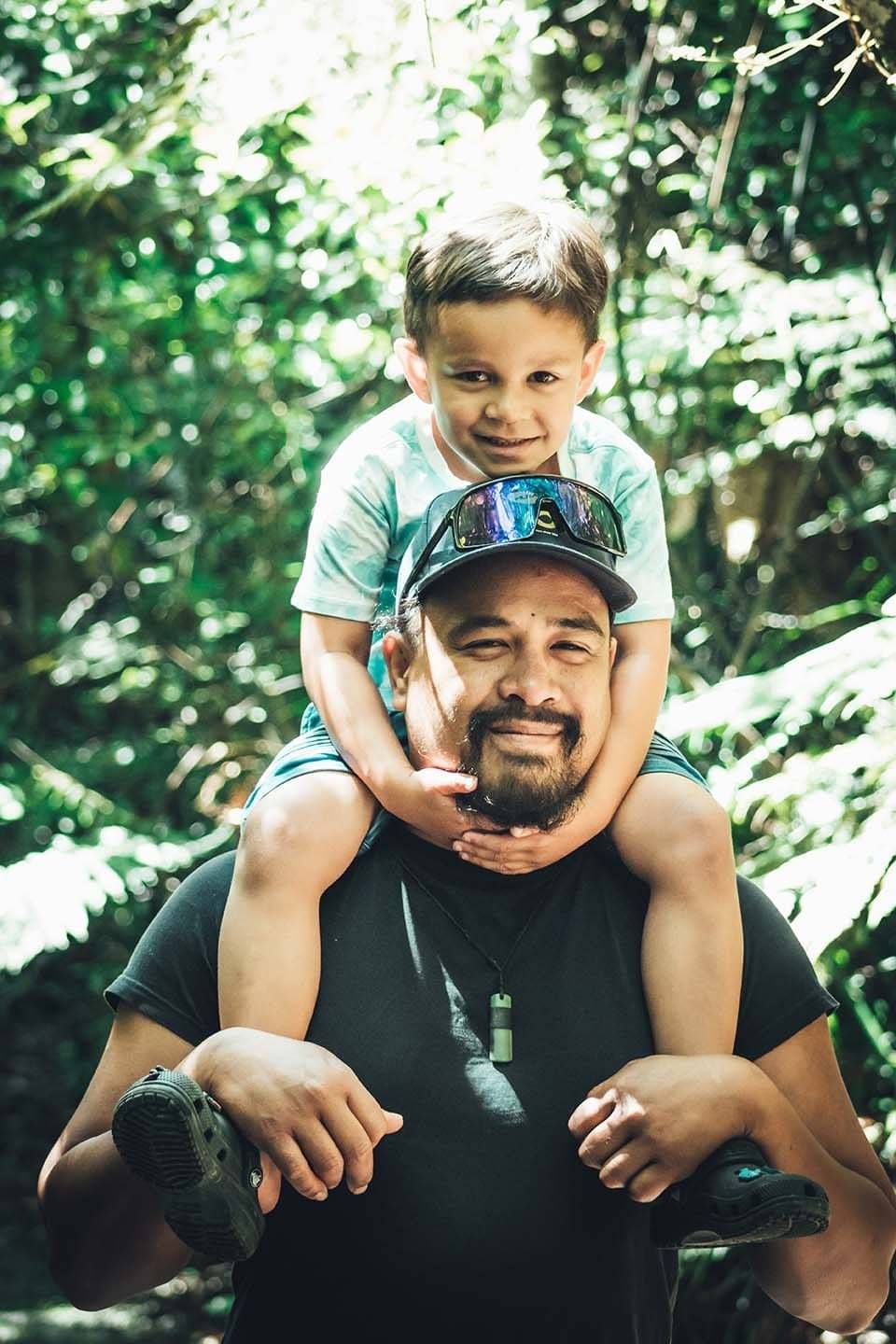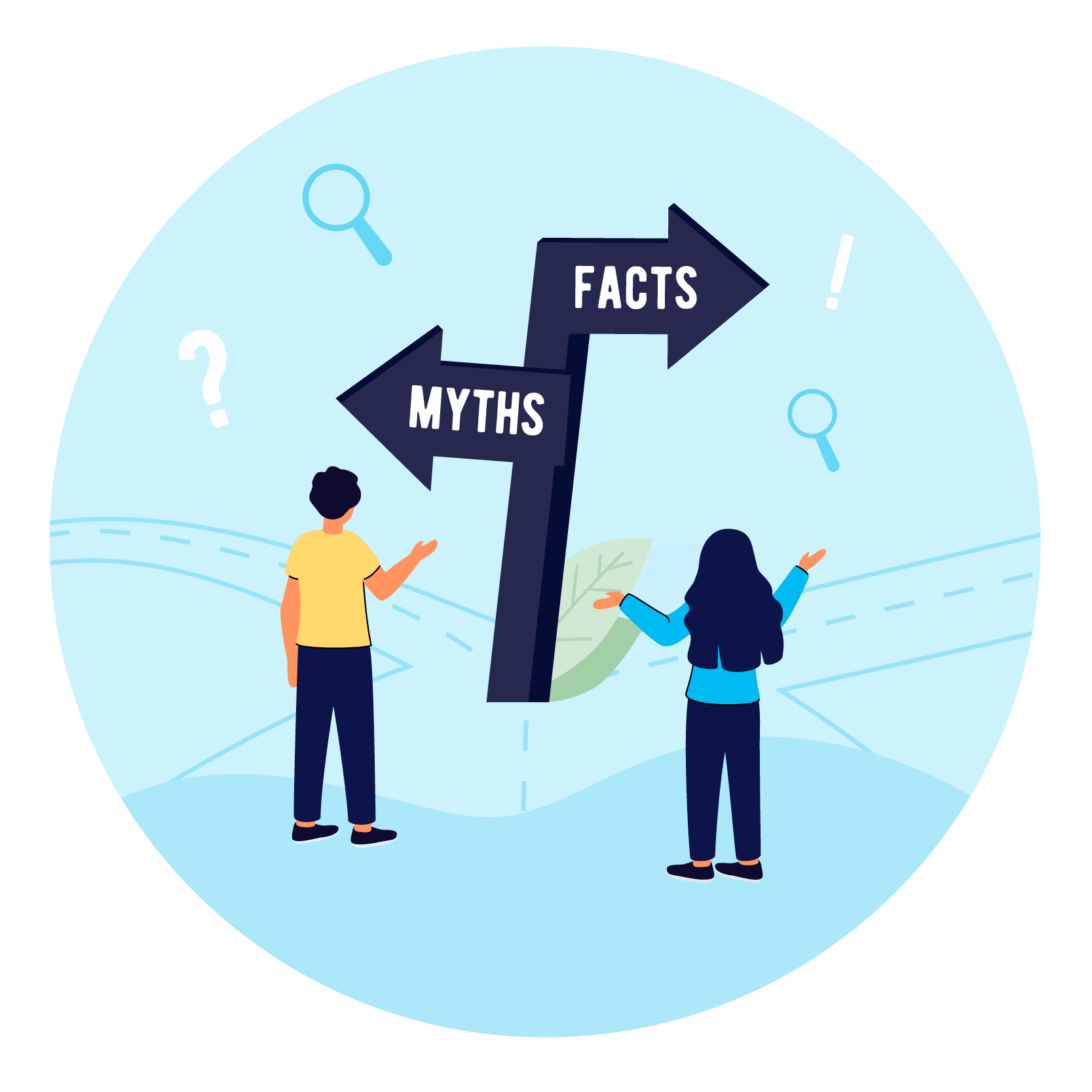What is Diabetes?
Mate huka (diabetes) is a condition where the level of glucose in the blood is too high.
Glucose is the main source of energy in our bodies. It is mostly made when our bodies break down the carbohydrates that we eat or drink. The glucose is then absorbed from our gut into the blood system. Insulin is a hormone produced by special cells (called beta cells) in the pancreas. Insulin transports glucose from the bloodstream into the body's cells, where it can be used as fuel for energy.
Mate huka occurs when the insulin-making cells in the pancreas are unable to make enough insulin or when there is resistance to the effects of insulin.
Type 1 and type 2 diabetes are lifelong conditions. It’s important to read and learn about the condition and teach your child or young person as much as possible about diabetes. Make sure to also use the skills and knowledge of the healthcare team looking after them.

Know the difference
There are two main types of diabetes affecting tamariki and rangatahi - type 1 and type 2 diabetes. Other types of diabetes are rare in young people.
Type 1 diabetes
Type 1 diabetes is a lifelong condition where the level of glucose in the blood is too high because there is a lack of insulin. This happens when the insulin-making cells in the pancreas are destroyed so it’s not able to make enough insulin. Without insulin, the glucose stays in the blood and the body can’t use it for energy. This causes high blood glucose levels. When the body can't use glucose, it breaks down fat and protein for energy. This process produces ketones and in large amounts, ketones can make a person very unwell with tummy pain, nausea and vomiting, extreme tiredness and even coma.
Type 1 diabetes is mainly diagnosed in childhood and is not linked to lifestyle, socioeconomic or environmental factors. It is managed with insulin injections or an insulin infusion through a pump. This is the most common type of diabetes in tamariki and rangatahi and is a lifelong condition that requires continuous management.
Type 2 diabetes
Type 2 diabetes is also a lifelong condition where the level of glucose in the blood is also too high. This happens for two reasons: insulin resistance, where the body is not able to use the insulin effectively, or reduced insulin production, when the pancreas becomes exhausted and cannot make enough insulin.
The management for type 2 diabetes includes maintaining a healthy weight, eating a healthy diet, regular daily exercise and medicines too.
All types of mate huka (diabetes) can lead to serious complications, but you can minimise the risk of those by maintaining blood glucose levels within a healthy range as much as possible, keeping physically and mentally healthy, eating well and following your treatment plan.
What is youth type 2 diabetes?
This is type 2 diabetes that develops in tamariki and rangatahi under the age of 25. The symptoms, risk factors and treatment are like type 2 diabetes in adults, but in young people, there is often:
More pronounced insulin resistance, where the young person’s body doesn’t use insulin effectively.
Faster beta-cell decline, where insulin-producing cells in the pancreas don’t function as efficiently and decline at a quicker rate than adults, leading to a more rapid loss of insulin production.
An increased risk of experiencing serious complications at a younger age, such as heart disease, kidney failure, nerve disease and vision problems.
The goal of managing type 2 diabetes is to stabilise blood glucose levels as much as possible by adopting a healthy lifestyle and taking diabetes medicine. This allows the person to feel better as well as helping prevent health complications later in life.
Diabetes mythbusters
There are a lot of myths and misinformation about mate huka (diabetes). To learn the truth about diabetes and get the facts, read the full resource at the link below.


